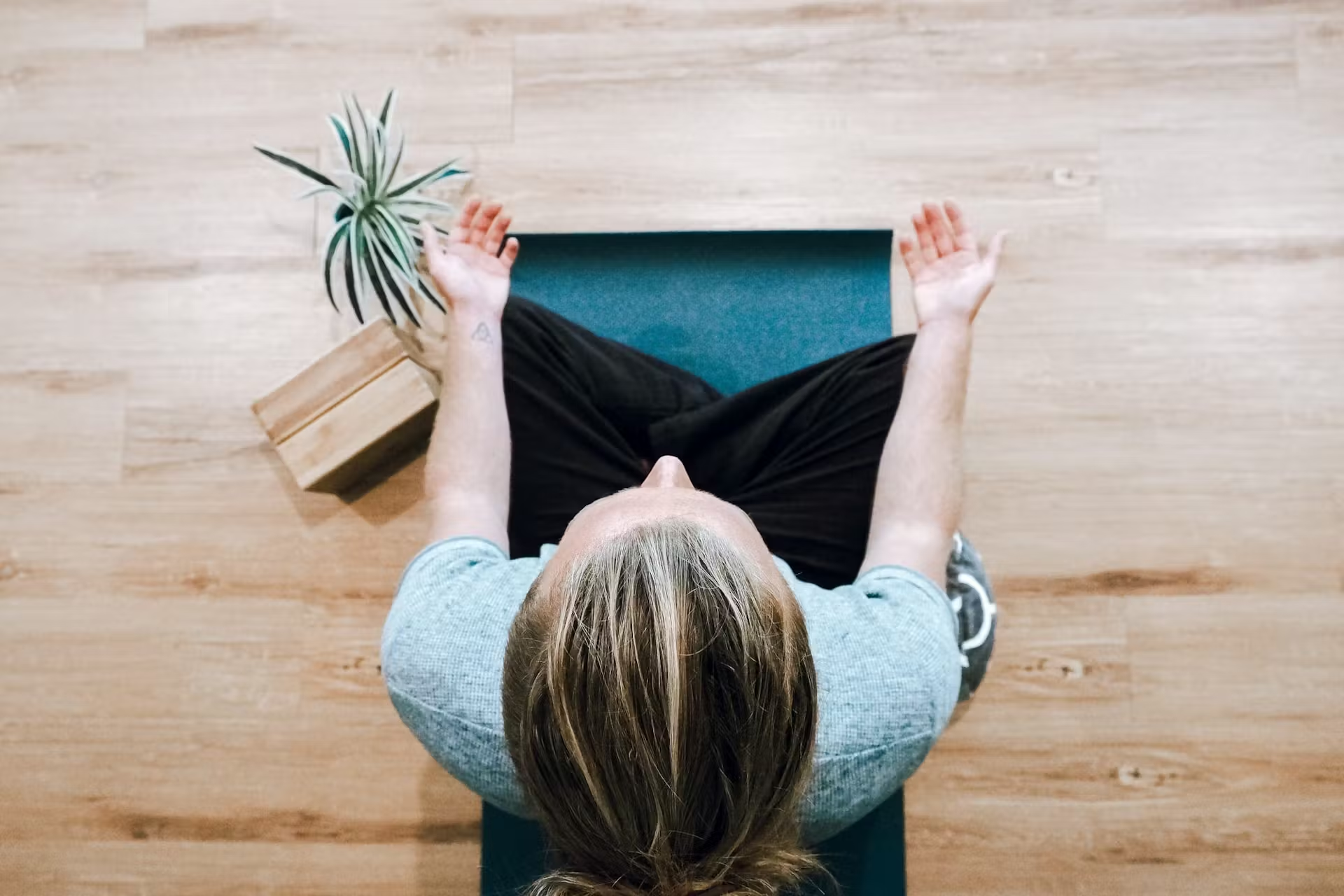Guided vs. Unguided Meditation: Which Is Right for You?, Meditation is a versatile practice that can be tailored to fit individual needs and preferences. One of the key choices you’ll make when starting your meditation journey is whether to use guided or unguided meditation. Each approach offers unique benefits and can be more suitable for different situations or stages of your practice. This guide will help you understand the differences between guided and unguided meditation and how to decide which method is right for you.

1. Understanding Guided Meditation
What Is Guided Meditation?
Guided meditation involves following the instructions of a teacher or an audio recording that leads you through the meditation process. It often includes specific directions on breathing, visualization, and focusing techniques, along with prompts for relaxation and mindfulness.
Benefits of Guided Meditation:
1. Structured Support:
- Why It Matters: Beginners often find it easier to follow along with structured guidance.
- How It Helps: Provides clear instructions on what to do, making it easier to focus and stay on track.
2. Enhances Focus:
- Why It Matters: Keeping the mind from wandering is a common challenge, especially for beginners.
- How It Helps: The guidance helps maintain concentration by continually directing your attention.
3. Introduces Techniques:
- Why It Matters: Different meditation techniques can be overwhelming to learn on your own.
- How It Helps: Exposes you to various methods, such as breathing exercises, body scans, and visualizations.
4. Reduces Anxiety:
- Why It Matters: The uncertainty of meditation can cause anxiety.
- How It Helps: A familiar voice and clear instructions can create a sense of comfort and security.
When to Use Guided Meditation:
- Beginners: Ideal for those new to meditation as it provides step-by-step instructions.
- Stressful Times: Helpful during periods of high stress or anxiety when extra support is needed.
- Exploring Techniques: Great for exploring different types of meditation to find what works best for you.
2. Understanding Unguided Meditation
What Is Unguided Meditation? Unguided meditation, also known as silent or self-directed meditation, involves meditating without external guidance. You rely on your own inner resources and discipline to focus and calm the mind.
Benefits of Unguided Meditation:
1. Deepens Self-Awareness:
- Why It Matters: Self-awareness is crucial for personal growth and emotional regulation.
- How It Helps: Encourages introspection and a deeper connection with your thoughts and feelings.
2. Flexibility:
- Why It Matters: Flexibility allows you to meditate anytime, anywhere.
- How It Helps: Can be practiced without the need for a device or internet connection, making it more accessible.
3. Enhances Discipline:
- Why It Matters: Building discipline is key to long-term meditation practice.
- How It Helps: Strengthens self-control and the ability to focus without external prompts.
4. Customizable Practice:
- Why It Matters: Personalization enhances the effectiveness of meditation.
- How It Helps: Allows you to tailor the practice to your specific needs and preferences at any given moment.
When to Use Unguided Meditation:
- Experienced Practitioners: Suitable for those with a solid foundation in meditation techniques.
- Personal Exploration: Ideal for exploring inner thoughts and emotions without distraction.
- Daily Practice: Perfect for maintaining a regular, self-sufficient meditation routine.
3. Combining Guided and Unguided Meditation
Why Combine Them? Using both guided and unguided meditation allows you to enjoy the benefits of both approaches. You can switch between them based on your needs, preferences, and circumstances.
How to Combine Them:
- Start with Guided Meditation: Use guided sessions to learn new techniques or during stressful times.
- Transition to Unguided Meditation: Gradually shift to unguided practice as you become more comfortable and confident.
- Mix and Match: Alternate between guided and unguided sessions depending on your mood and needs. For example, start the week with a guided meditation and use unguided sessions for the rest of the week.
READMORE: Meditation for Stress Relief: Practices to Calm Your Mind and Body
4. Practical Tips for Getting Started
For Guided Meditation:
1. Choose Quality Resources:
- Why It Matters: High-quality guidance ensures a better experience.
- How to Do It: Use reputable apps like Headspace, Calm, or Insight Timer, or find well-reviewed audio recordings and videos.
2. Find the Right Guide:
- Why It Matters: The guide’s voice and style can significantly impact your meditation experience.
- How to Do It: Sample different guides to find one whose voice and approach resonate with you.
3. Set Up a Comfortable Space:
- Why It Matters: A conducive environment enhances relaxation and focus.
- How to Do It: Find a quiet, comfortable place to sit or lie down. Use headphones if needed to block out external noise.
For Unguided Meditation:
1. Set a Timer:
- Why It Matters: Keeping track of time can be distracting.
- How to Do It: Use a timer to set your meditation duration, allowing you to focus without checking the clock.
2. Focus on the Breath:
- Why It Matters: The breath is a natural anchor for the mind.
- How to Do It: Pay attention to the sensation of breathing in and out. When your mind wanders, gently bring it back to the breath.
3. Practice Mindfulness:
- Why It Matters: Mindfulness enhances present-moment awareness.
- How to Do It: Observe your thoughts and sensations without judgment. Notice them and let them pass without getting attached.
4. Be Patient and Persistent:
- Why It Matters: Developing a self-guided practice takes time and effort.
- How to Do It: Be kind to yourself and stay committed. Over time, your ability to meditate without guidance will improve.
Conclusion:
Both guided and unguided meditation have their unique advantages and can complement each other in a balanced meditation practice. Guided meditation offers structured support, making it ideal for beginners or during stressful times. Unguided meditation, on the other hand, fosters deep self-awareness and flexibility, making it suitable for experienced practitioners.
By understanding the benefits and applications of each approach, you can make an informed decision about which type of meditation best suits your needs. Remember, the most important aspect of meditation is consistency. Whether you choose guided, unguided, or a combination of both, regular practice is key to reaping the full benefits of meditation.

